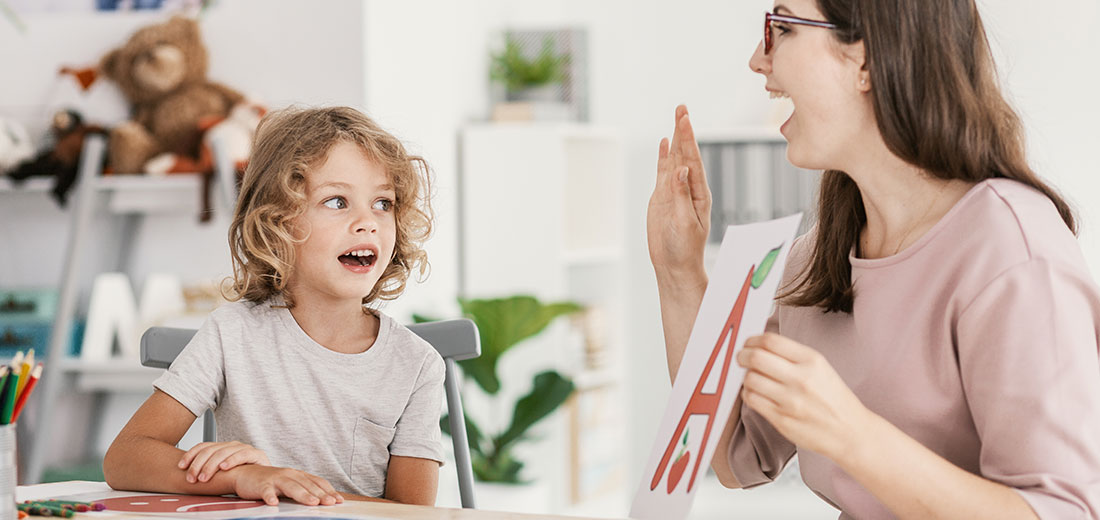Pediatric speech experts and pathologists mostly feel that language learning at home should be a fun and yet functional process. Studies and research has shown that children are basically like sponges at their formative years. What this means is that they are able to absorb and take in new information at a rapid and impressive rate. However, how should kids learn to retain all this new information? The trick is to be hands-on about it when helping them to learn a new language when they are at home from pre-school. Below are some tips for parents to help with their children with picking up a language.
Observe Your Child and Customize Vocabulary
As mentioned above, it is essential to keep language learning as functional as possible. As such, a good tip would be to incorporate vocabulary and different words into routines that your family observe. Look at what your child does every day and take note of their favorite activities and needs. For example, if your child is currently having difficulty in learning language, observe what his or her interests are. If your kid loves toy model trains, you could teach him a set of words that are specific to his liking, such as “stop”, “go”, “many”, or “now”. When choosing the set of words to teach your child, make sure that these words can be used in their daily lives, as well as when playing with the trains. Once your child realizes the functions and meanings of these words, they will then be able to apply them when communicating with you as well. From this, we can learn that there is always value in finding out what motivates and interests your child.
Make Do with What You Have
Language learning at home does not require you to spend additional money! The best thing you can do is to use the household items that you have lying around to better facilitate teaching your child new words. It could even be as simple as gathering random items around your home that complement each other. For example, you could pair a piece of paper with a pencil, shoes with socks, and even shorts and shirts (tops and bottoms). If you are teaching a young toddler, you can show them one item from a selected pair. Once they have seen this item, reveal the other item so that they can make the association by themselves. When you see improvement in this activity, you could even ask your child to pick out the items themselves.
While this might seem like a fairly simple exercise, it can help your child gain insight into the description of items, listening to directions, and most importantly, learning new words.
Reading Should be Fun!
Children all have the desire to learn about the world around them. However, every child has a different attention span and varying interests. What you want to do is to help your child pay attention for longer periods of time gradually. One way to do so is by introducing them to picture books. Since they are not able to read or write properly yet, the pictures will help them when figuring out new vocabulary. Always remember to let your child choose the book and use books that are tactile, such as pop-up books or books with built in buttons to press for sounds!




